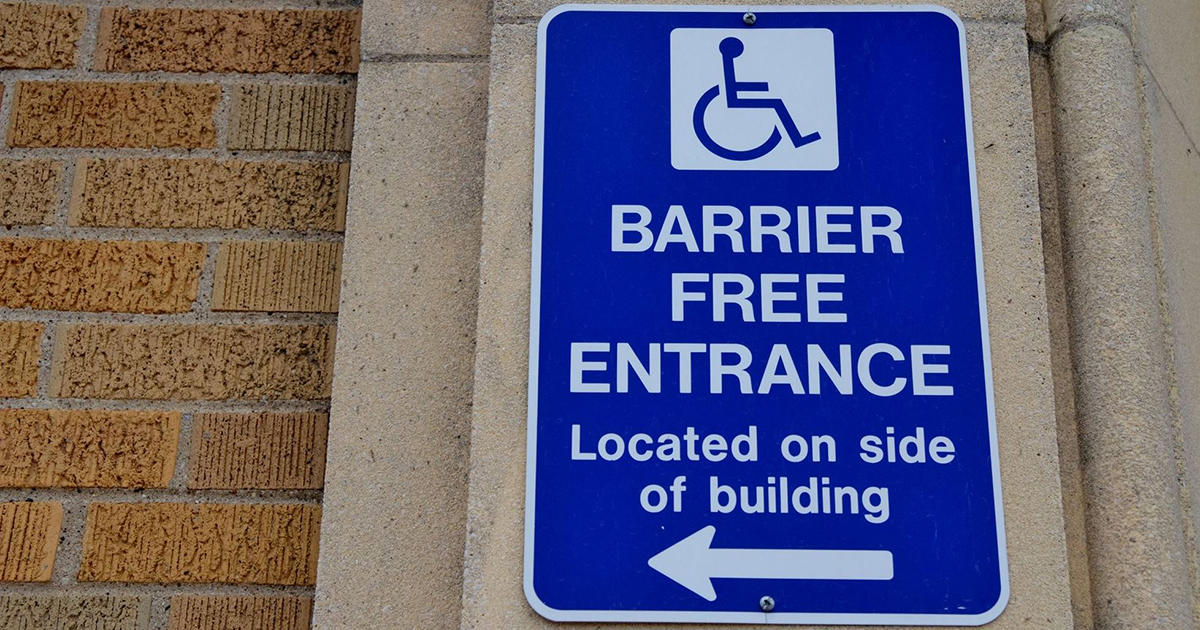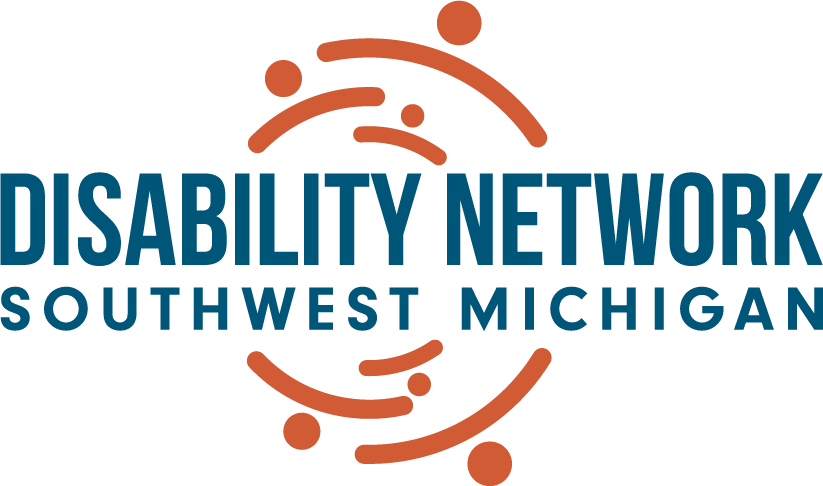
There is no excuse for inaccessible communities any longer. The problems are wide-spread and well-known – the time to fix it is now. With the recent $1 trillion infrastructure bill signed into law, our country is in a great position to get it right this time. Let’s make sure we do!
Too many people mistakenly assume that creating accessibility is an added cost and burden to communities; however, this is not accurate. Building accessibility shouldn’t mean duplicating infrastructure for people with disabilities, it should mean building it once in a way that accommodates everyone, including people with disabilities. This is commonly referred to as Universal Design – design that provides universal access to everyone. The Americans with Disabilities Act lays out a minimum set of requirements for accessibility; Universal Design strives for true inclusivity. Rather than directing people to a separate accessible entrance why not make the front entrance accessible so that everyone can use it? This is not a funding problem so much as it is a lack of understanding. The biggest barrier for people with disabilities is the age-old stigma that surrounds it. If people could erase the stigma of disability they would see that it is not something to be hidden away from view, but rather, should be intentionally included in all community design. Our community leaders need to look through the eyes of everyone in the community, not just the ones who look like they do and experience the world as they do. Communities would benefit from people with disabilities being involved at the planning level to ensure that accessibility is included.
Creating accessibility can be just as much about removing something as it is building something. For people using mobility devices, such as wheelchairs and motorized scooters, the issue of utility posts and heaved concrete being present on a sidewalk can be just as much a barrier as not having a ramp. While most municipality budgets fund building projects, few include removal projects. And as long as we are talking about sidewalks, let’s consider snow removal. While many people don’t enjoy trudging through the snow and ice to get where they need to go, people with mobility devices often can’t get where they need to go at all in the winter. Most cities have ordinances requiring cleared sidewalks, but few enforce them or dedicate resources to it.
As cities/towns compete for residents to move into their community, they often promote features that emphasize an active lifestyle such as jogging, hiking, and cycling. When communities develop infrastructure to attract those active young families, they might consider encouraging the same people to hang around and age in place while also welcoming people with mobility disabilities. It doesn’t have to be an either/or choice. In fact, there are allies to be found within these populations. Community leaders, and particularly elected officials, respond better to bigger numbers; if the disability community were to join forces with the local senior center and pedestrian groups (such as jogging and cycling clubs) to demand safe, accessible features such as protected lanes, safe crosswalks, clear sidewalks, and navigable trails, they stand a better chance of being heard.
When considering accessible communities, we tend to think about physical barriers, however it must be noted that not all access is physical; programmatic access is just as important. Programmatic accessibility includes policies and practices which do not create barriers to inclusion. Eliminating programmatic barriers, such as communication and sensory barriers, creates programmatic accessibility. Examples of this would be ensuring that websites are accessible, videos/movies are captioned, and wayfinding is made available to people who communicate in non-traditional ways.
The days of waiting on the sidelines are over; we have to get involved to ensure the voice of the disability community is at every planning table. We need to stop settling for less and start demanding access for all to our communities.
Ways You Can DARE to Impact Change:
- Get involved in your local Planning Commission. Join the commission or attend meetings to provide public comment. Often the minutes of these meetings are available so you can stay informed of what they are working on. Be the voice at the table that ensures accessibility is being built into your community.
- Advocate for accessible Planning Commission meetings and for meeting minutes to be available in alternative formats.
- Ask for a copy of your local government’s master plan with an eye toward accessibility for streets, sidewalks, parks, and transit.
- Join or create an advocacy group in your community to address accessibility. Look for community partners to join forces with; the bigger you can make that circle the more voice you will have.
- Join Smart Growth America to connect with like-minded advocates, leaders, and professionals from across the country.
Learn More About the Topic:
- Article: Why Universal Design Is the Key to the Accessible City
- Article: Want to build a strong town? Make it work for people with disabilities
- Article: 8 Everyday Items Originally Invented for People with Disabilities
- Video: How to design streets for everyone
- Video/Tedx: Why We Need Universal Design
Note: This article was written for our DARE to Impact Change publication which provides Disability Advocacy, Rights & Education. Follow this link for more info and to subscribe to our DARE to Impact Change e-publication.
